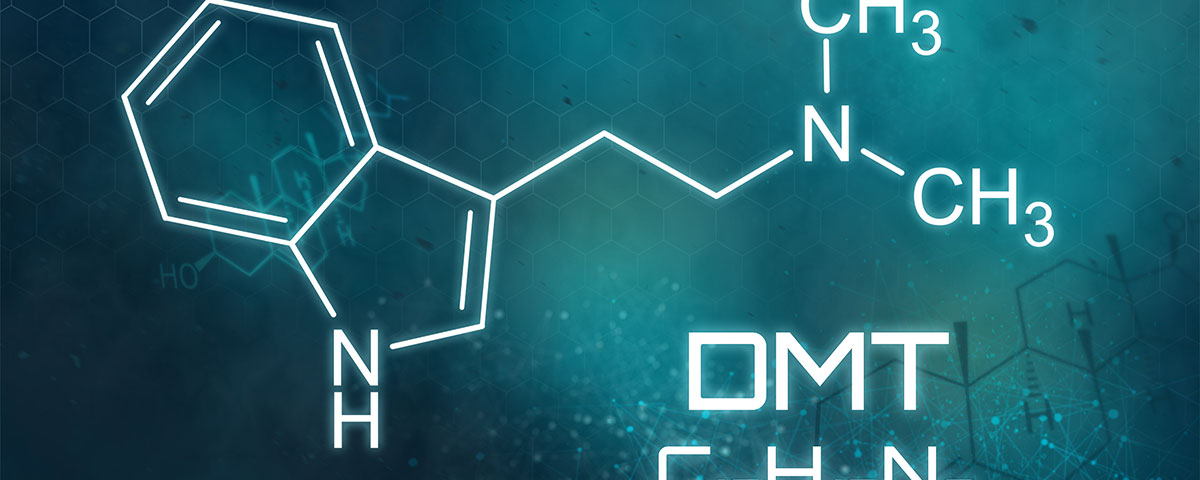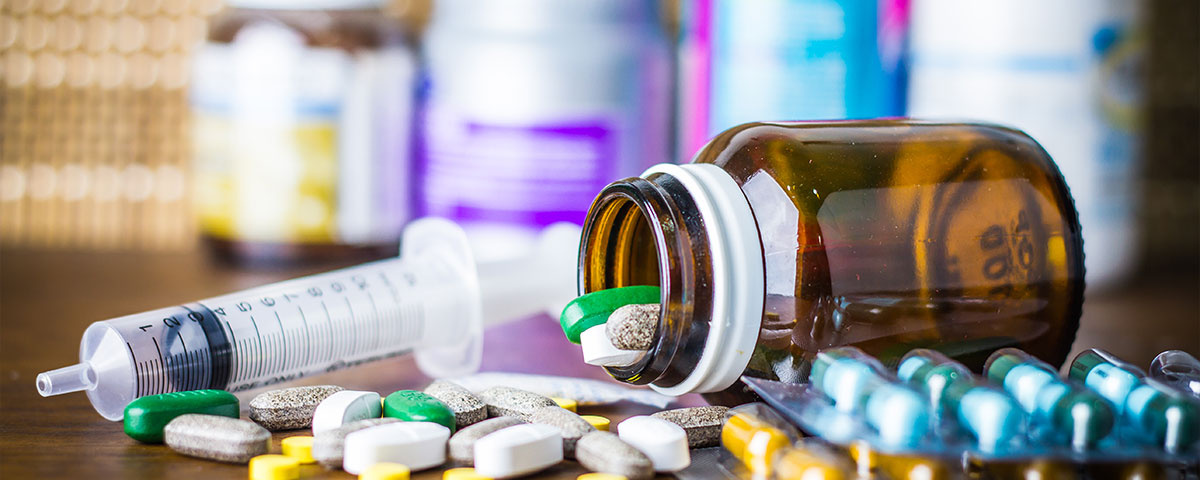Drug abuse can cause much damage to many of our bodies’ organs. Cocaine affects the heart, heroin the kidneys, and alcohol the liver. This damage often goes unnoticed until the symptoms are visible in a person’s appearance. The skin is also an organ, it’s actually the biggest one, and drug abuse can also be detrimental to this part of our bodies. Developing acne from drug use is common in many chronic drug users. Drugs like methamphetamine and alcohol are known for their effects on the skin, and many people fail to realize how drastic these symptoms can be. Our Clearbrook Massachusetts rehab is sharing more information about drug-induced acne, which drugs can cause it, and what other skin problems can arise from substance abuse.
What Is Acne?
Acne is a skin condition in which hair follicles become clogged with oil and dead skin cells. Pimples, blackheads, and red bumps on the skin are typical symptoms of acne. Acne can be caused by a variety of things, including using irritating skin products, imbalanced hormones, drug abuse, and more. It’s common for adolescents to experience acne when they begin to develop physically, most commonly during puberty. While there are various treatments for it, people with severe acne may be more prone to scarring, creating bowl-like craters on the surface of the skin.
Drug-induced acne is a type of acneiform eruption caused by certain drugs that can be either prescription or illegal. Illegal drugs and acne go hand in hand, and many individuals who suffer from meth addiction or alcoholism may experience acne regardless of their age. Our treatment center offers medical detox services that help flush the system of these substances and begin the physical healing process.
Can Recreational Drugs Cause Acne?
Yes, recreational drugs can cause acne. Illicit drugs like cocaine, methamphetamine, heroin, and even common substances like alcohol can wreak havoc on the skin. It’s not only the drugs themselves that cause drug-induced acne but also the substances they’re cut with. Drugs like heroin, meth, and cocaine are often cut with additives so dealers can gain profit with less product. These cutting agents can include anything from detergent to iodine. Drugs may also contain cutting agent ingredients like fentanyl because it mimics their appearance. Mixing chemicals and substances in this way can be harmful to every area of the body, and the damage is often reflected in the skin.
The most common street drugs that cause acne include cocaine, heroin, and methamphetamine. Although alcohol is legal to purchase and drink for people ages 21 and older in the United States, it’s also considered another drug that causes acne. Methamphetamine is especially known for its effects on the skin. Meth users are often identified by the scars, ulcers, and skin sores on their faces and arms. These issues are often caused by meth mites, which are imaginary bugs that methamphetamine users think are on or under their skin during a high. They react to these “bugs” by scratching and picking at them, damaging their skin.
How to Treat Drug-Induced Acne
Depending on the type of substance used and the severity of the problem, several treatments may be necessary for drug-induced acne. In most situations, the initial step is to quit using the prohibited substance. Additionally, your doctor might advise you to take oral or topical drugs to treat your acne. These might consist of benzoyl peroxide, retinoids, or antibiotics. It’s crucial to carefully follow your doctor’s recommendations and take the prescribed meds.
Additionally, you should avoid popping or squeezing the pimples because doing so might leave scars and cause more irritation. Your doctor might occasionally advise consulting a dermatologist for additional testing and care. Drug-induced acne can be treated and cleared up with the help of qualified medical care and the cessation of illegal drug use.
Additional Drug-Induced Skin Disorders
Not only do drugs cause acne, but they can also cause a variety of other skin-related issues. Some additional skin problems caused by drugs include:
- Necrosis, or death of skin cells
- Fibrosis, which is the build-up of scar tissue in the skin
- “Crack hands” or blackened palms caused by cocaine
- Ulcers
- Pustulosis, which are small, raised pus-filled areas of the skin
- Schonlein-Henoch vasculitis, which occurs when the blood vessels in the skin are inflamed, causing red spots
- Buerger’s disease, which occurs when the veins in the extremities are inflamed, causing swelling and redness
- Bullous erythema multiforme, or skin eruptions
- Abscesses
- Cellulitis
- Dry and itchy skin
Other drugs, like krokodil, cause more severe damage to the skin, such as rotting flesh and discoloration. These signs of drug abuse acne can indicate a person’s substance abuse disorder and certain substances can lead people to damage their skin with their own hands.
Drugs That Cause Skin-Picking
The compulsive practice of continuously picking at one’s skin, also known as excoriation disorder or dermatillomania, damages the skin and raises the risk of infection. It’s critical to comprehend why this happens and the potential risks associated with skin-picking behaviors because some illegal drugs can either initiate or intensify these behaviors.
Some of the substances responsible include:
- Methamphetamine: Methamphetamine use can result in a type of psychosis that causes extreme itching and can prompt actions such as skin picking.
- Cocaine: Using cocaine can result in a number of skin-related problems, such as itchiness, rashes, and open sores, which might prompt picking at the skin.
- Heroin: Heroin usage can result in a great deal of scratching and dry skin, which can develop infection-causing skin picking.
- MDMA (Ecstasy): Using MDMA can make your mouth dry, which can make your skin dry and cracked and more prone to picking.
Numerous physical and emotional problems can also result from skin picking:
- Repeatedly picking at the skin can leave exposed wounds that are prone to infection.
- Skin-picking scars are a common and unfortunate result of this behavior, potentially leading to infection and lifelong damage.
- Skin-picking can result in feelings of shame, guilt, and embarrassment, which can create mental health problems and social isolation.
- Drug usage can be intensified by skin-picking, which can be a form of self-medication and result in a vicious cycle between the two behaviors.
The best way to heal from the effects of drugs on the skin is to seek out addiction treatment. At Clearbrook Massachusetts, we offer a variety of treatment programs, including residential treatment. This is a form of inpatient treatment that separates addicts from temptations at home and helps them concentrate on their recovery. We incorporate a variety of methods, like the Minnesota model of addiction treatment, to ensure patients have all they need for a successful recovery.
Our Northeast addictions treatment center offers a wide variety of treatments for substance abuse disorders that have helped countless patients regain their sobriety. We know what drugs cause acne and other health problems, and we also know how to treat them.
If you or a loved one are battling addiction and need help, call us now at 570-536-9621 to speak to a team member about our Massachusetts drug rehab levels of care.
Related Reading:







